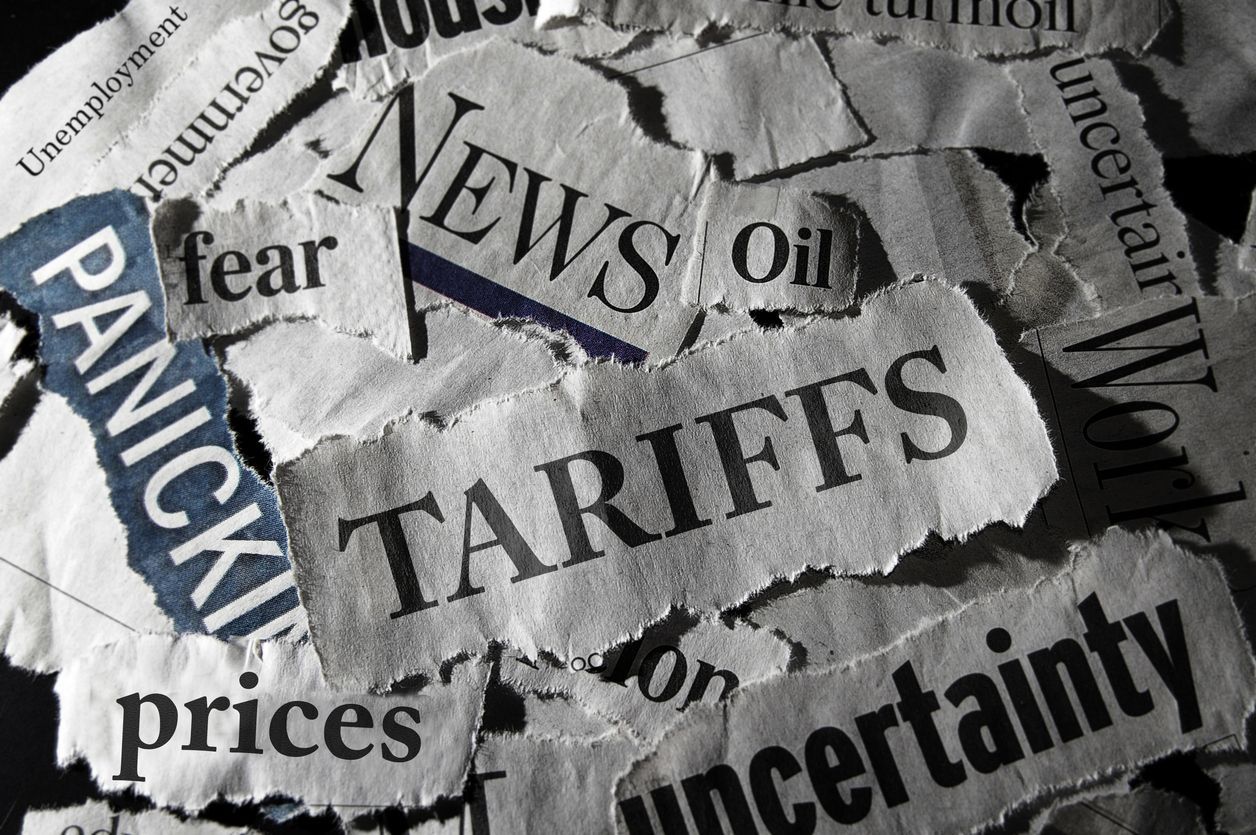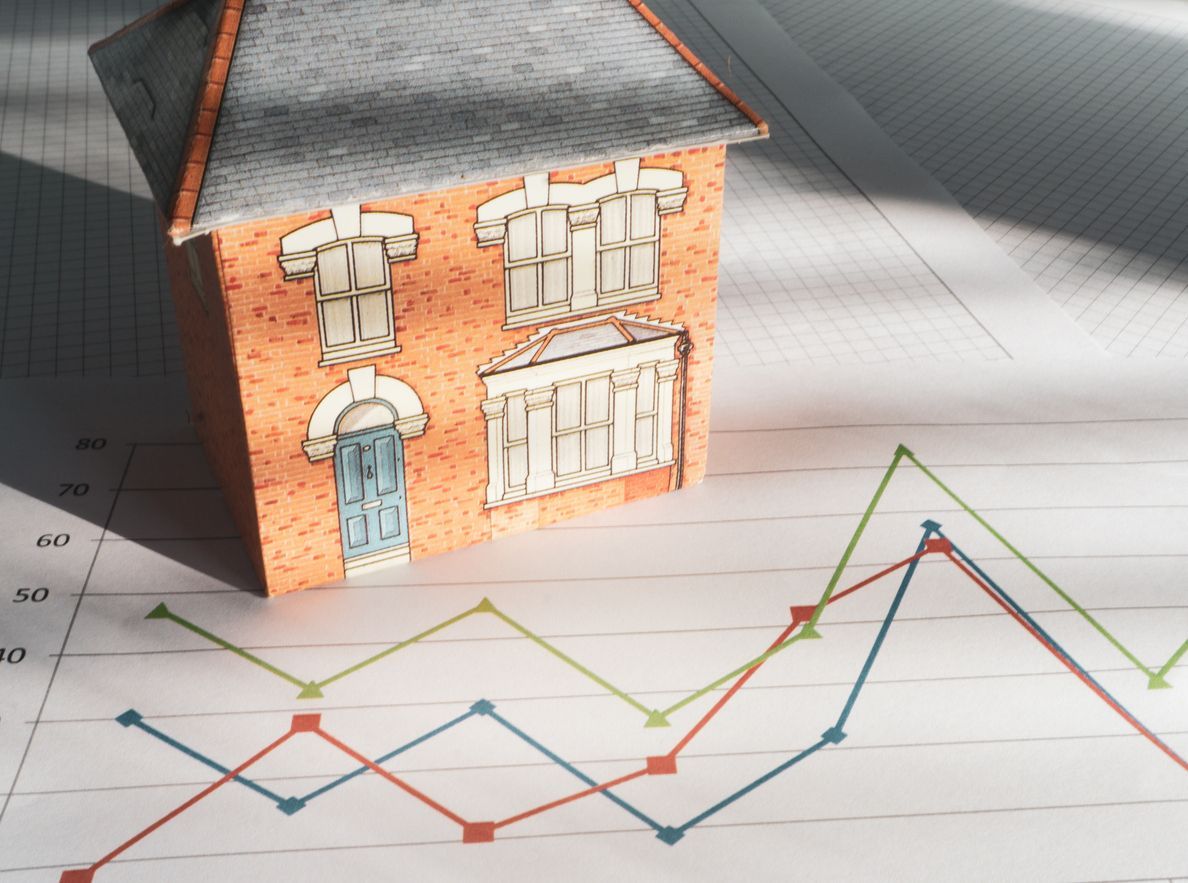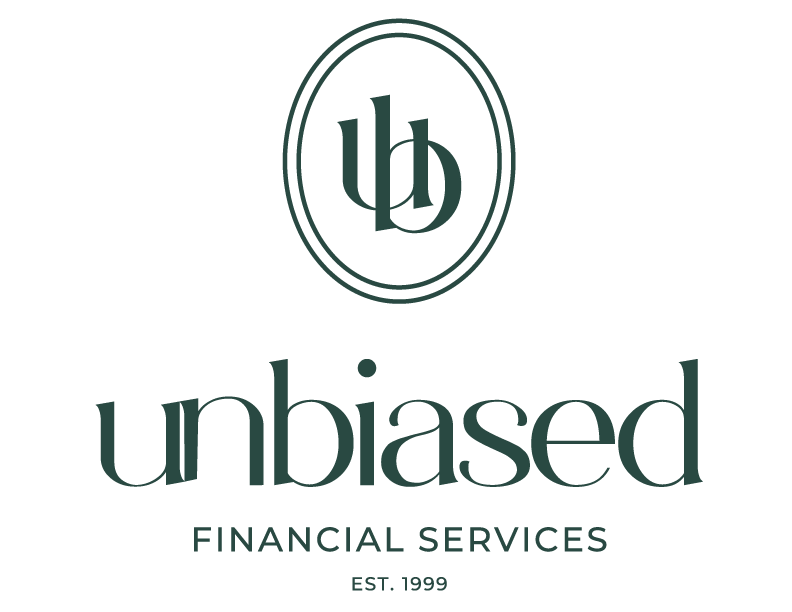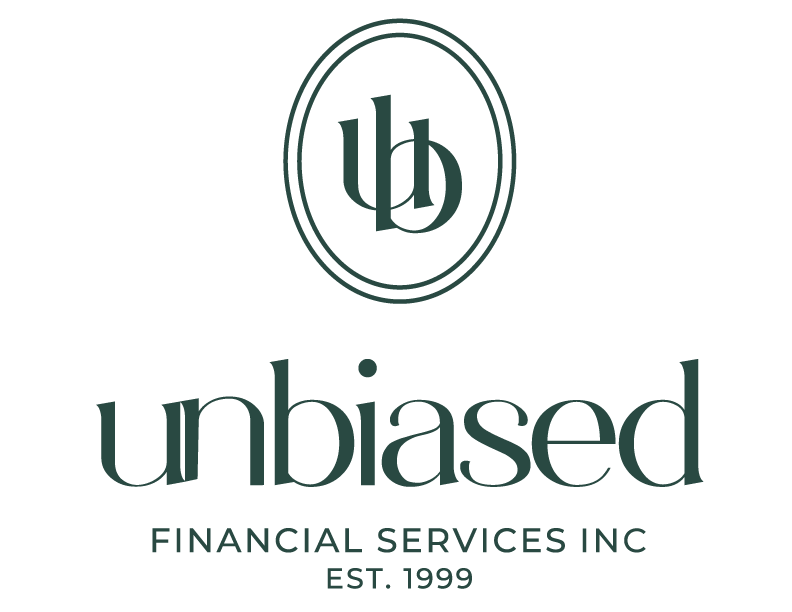By Taylor Amonson
•
March 31, 2025
We understand many people are experiencing concerns regarding the state-of-the-market. It is difficult to watch the news lately and not feel some sense of trepidation. Shifting economic policies, tariff impositions, inflation concerns, and geopolitical uncertainty are all contributing to market volatility. While it doesn’t feel good in the moment, market corrections are a natural part of the investing cycle, as is their eventual uptick. History reveals the pattern of market recovery is remarkably consistent, with long-term market performance trending upwards over time. We have been through these times in the past; think of the 2001 dot-com bubble, 2008-09 financial crisis, 2014-15 Canadian energy collapse, 2020 Covid stock market crash. In each of these instances together we have stuck to our long term goals and policy targets, coming out in good shape on the other side. It would be prudent to address some of these concerns by asserting that year-to-date investment performance does not necessarily correlate with the spirit of present-day major news outlet reporting. We have ensured our portfolios are very well diversified, meaning that when some asset classes are under performing, other asset classes are there to provide ballast, and smooth out volatility. Having said that, when markets are off, it’s generally not a bad time to add to the portfolio, should circumstances permit. With the timing of market recoveries being notoriously difficult to predict, it is important to capitalize on opportunities where they exist. Several of the key policies recently implemented by President Trump could very well have the combined effect of reducing economic activity, decreasing the rate of inflation, and increasing the likelihood of a recessionary environment. Should inflation decrease and the economy cool, bond yields - particularly for U.S. Treasuries - will likely fall. Many investors, worried about economic uncertainty and stock market volatility, would flock to these government bonds, ultimately fulfilling two key objectives of the U.S. Government: reducing their own borrowing costs, and attracting buyers of government debt. The following are key Republican policy objectives that might contribute to such an outcome: Deporting 1 million people: Removing a significant portion of the American population means fewer people to pay rent, buy groceries, etc. As less people participate in the economy the aggregate demand for goods and services declines. Less demand means lower prices, leading to a slower rate of economic growth, disinflationary pressures, and lower bond yields. Reducing government waste and fraud through DOGE: Limiting government inefficiencies would ultimately reduce aggregate public sector spending. As the number of government jobs and services shrink, unemployment rises, and consumption decreases. This contributes to lower demand, leading to disinflation, and driving bond yields down. Tariffs on imports: Imposing tariffs will increase the price on foreign goods, and the average household will need to reduce consumption in other areas to adjust for higher prices. This would lead to lower overall demand in the economy as consumers think of delaying the purchase of a new car or home due to economic uncertainty. In summary, the U.S. Government is looking to reduce its overall cost of borrowing, and attract buyers of U.S. Treasuries. One way to achieve this objective is to scare investors - for lack of a better word - into buying more bonds, by disrupting the status-quo. On a positive note, looking forward, several key players including Treasury Secretary Scott Bessent, Commerce Secretary Howard Lutnick, and Energy Secretary Chris Wright, have repeated the metaphor of a “detox” - that is to prepare for short term pain in exchange for long term gain. Ultimately, the U.S. Government is looking to refinance their debt at lower interest rates, while simultaneously decreasing industry regulation and lowering income taxes. The hope is that these elements will combine to create a more productive economy, allowing for private business to achieve more growth using less inputs.








